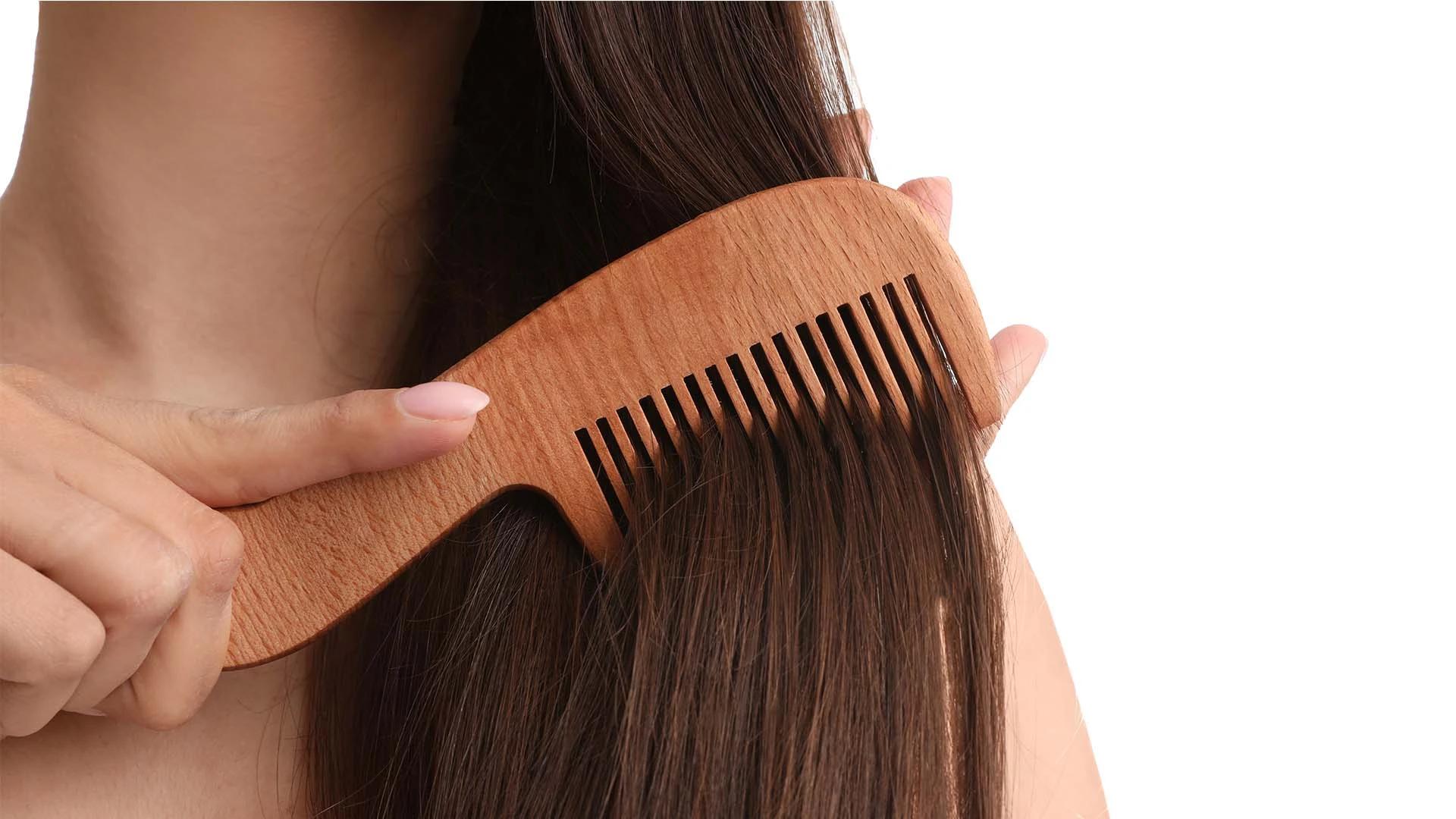If your styling routine feels a bit stuck in the same old patterns, the hair roller comb might just be your new secret weapon. This clever little tool combines the best of both worlds—giving you the control of a round brush with the convenience of built-in rollers. Whether you're after bouncy curls, soft waves, or just want to add some serious volume to your roots, mastering this hair styling tool could be exactly what your haircare routine's been missing. Ready to discover how this curling comb can transform your styling game? Let's dive into everything you need to know to get those salon-worthy results at home.
Understanding the Hair Roller Comb
A hair roller comb is basically your detangling brush and styling tool rolled into one genius invention. Unlike traditional round brushes that require you to manually wrap and hold your hair, these nifty tools feature built-in clips or mechanisms that grip your strands whilst you style. The concept is pretty straightforward—you section your hair, roll it up onto the comb, secure it, and let the magic happen.
You'll find three main types of hair roller combs out there. Wooden ones are fab for those who prefer natural materials and gentle styling. Plastic versions are lightweight and budget-friendly, making them perfect for beginners. Electric roller combs take things up a notch with built-in heat settings for quicker results. Each type has its perks, so your choice really depends on your hair type and styling preferences.
The real beauty of using a hair roller comb lies in its versatility as a hair texture enhancer. You can create everything from tight spirals to loose, beachy waves—all with one tool. Plus, it's way easier on your arms than traditional styling methods, which means less fatigue during longer styling sessions.
Prepare Your Hair for Styling
Before you even think about touching that roller comb, your hair needs to be prepped properly. Clean, dry hair is absolutely essential for getting the best results. Freshly washed hair holds styles better and gives you that smooth, polished finish you're after. If your hair's a bit oily or has product buildup, your curls won't hold as well and might look a bit limp.
If you're planning to use any heat (even minimal), applying a heat protectant is non-negotiable. Your strands will thank you later, trust us. Choose a lightweight formula that won't weigh your hair down—you want protection without the heaviness that can make your style fall flat.
Grab your favourite detangling brush and work through any knots or tangles before you start. This step is crucial because trying to roll tangled hair is just asking for trouble. Start from the ends and work your way up to avoid unnecessary breakage. Once your hair is smooth and tangle-free, you're ready to get started with the fun part.
Step-by-Step Guide to Hair Roller Comb Magic
Now comes the exciting bit—actually using your hair roller comb to create gorgeous styles. The key to success lies in taking your time and following a systematic approach. Don't rush this process; good things take a little patience, especially when you're still learning the technique.
Think of this as your crash course in easy hair styling. Once you've got the basics down, you'll be amazed at how quickly you can create different looks with just one tool.
Section Your Hair Like a Pro
Divide your hair into manageable sections—this is where the magic really begins. Start by creating a horizontal part from ear to ear, separating your hair into upper and lower sections. Clip the top section away whilst you work on the bottom layers. Within each section, aim for pieces that are about 2-3 inches wide. Too much hair on one roller won't curl properly, whilst too little might not give you the volume you're after.
Perfect Your Grip and Position
Hold your hair roller comb with your dominant hand, keeping your grip firm but relaxed. Position the comb at the ends of your hair section and slowly work towards the roots. For shorter hair, you might need to start closer to the scalp, whilst longer hair gives you more room to work. The key is maintaining consistent tension—not too tight (ouch!) but firm enough to create a good curl.
Master the Rolling Technique


 Pack of 2
Pack of 2 1 unit
1 unit 1 unit
1 unit 1 unit
1 unit